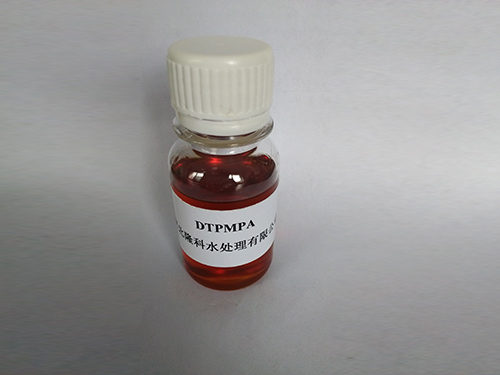coagulants and flocculants
Coagulants and Flocculants Essential Agents in Water Treatment Processes
In the realm of water treatment, coagulants and flocculants play pivotal roles in enhancing the quality of water, making it suitable for consumption and other uses. Understanding their functions, applications, and differences is essential for anyone involved in environmental science, engineering, or water resource management.
What Are Coagulants?
Coagulants are chemical compounds that promote the aggregation of particles suspended in water. When water contains a high concentration of suspended solids, such as silt, clay, organic matter, and microorganisms, it appears turbid and is unsuitable for drinking or industrial applications. Coagulants work by neutralizing the charges on these particles, which are typically negatively charged due to their surface chemistry. This neutralization allows particles to come together, forming larger aggregates or flocs.
Common coagulants include aluminum sulfate (alum), ferric chloride, and polyaluminum chloride. These substances are typically added to water in a treatment facility where rapid mixing is employed to maximize contact between the coagulants and suspended particles. The effectiveness of coagulants can depend on various factors, including pH, temperature, and the composition of the suspended matter.
What Are Flocculants?
While coagulants initiate the removal of suspended solids, flocculants take the process further. Flocculants are high molecular weight polymers that facilitate the bridging of the particles already aggregated by the coagulants. Once flocs are formed, flocculants promote further aggregation, resulting in larger flocs that can more readily settle to the bottom of a treatment tank or be removed through filtration.
Flocculants can be categorized into anionic, cationic, and nonionic based on their charge. Each type serves particular applications depending on the characteristics of the wastewater being treated. For instance, cationic flocculants are often used in treating negatively charged particles, whereas anionic flocculants are applied in different industrial wastewater scenarios.
The Importance of Coagulation and Flocculation
coagulants and flocculants

The coagulation and flocculation processes are crucial in water treatment due to several reasons
1. Water Quality Improvement By removing turbidity, pathogens, and organic matter, these processes significantly improve the quality of treated water.
2. Enhanced Efficiency Coagulation and flocculation can increase the efficiency of filtration systems, reducing the load on filters and extending their lifespan.
3. Cost Management Properly treating water with coagulants and flocculants can lead to lower operational costs. By reducing the need for further chemical treatment, plants can save on expenses.
4. Regulatory Compliance Water treatment facilities must meet strict regulatory standards to ensure public health. Effective coagulation and flocculation processes are essential to meet these standards and provide safe drinking water.
Challenges in Using Coagulants and Flocculants
Despite their benefits, the use of coagulants and flocculants presents challenges. Overuse or improper dosing can lead to residual chemicals in treated water, which may pose environmental hazards or health concerns. Moreover, the selection of suitable coagulants and flocculants is vital and often requires careful monitoring and adjusting based on the specific characteristics of the water being treated.
Conclusion
Coagulants and flocculants are indispensable in modern water treatment processes, ensuring that water is clean, safe, and suitable for various applications. As technology advances, the development of new and more effective coagulation and flocculation agents continues, promising to enhance water treatment efficiency and environmental sustainability. Understanding these agents' mechanisms and applications is crucial for water treatment professionals and policymakers dedicated to safeguarding public health and the environment.
-
2 Phosphonobutane 1,2,4 Tricarboxylic Acid (PBTCA): Superior Scale & Corrosion InhibitorNewsAug.31,2025
-
Dodecyldimethylbenzylammonium Chloride: High-Purity DisinfectantNewsAug.30,2025
-
2-Phosphonobutane-1,2,4-Tricarboxylic Acid: Scale & CorrosionNewsAug.29,2025
-
Premium Isothiazolinones | Broad-Spectrum Biocidal SolutionsNewsAug.28,2025
-
LK-319 Special Scale And Corrosion Inhibitor For Steel Plants: Advanced Solutions for Industrial Water SystemsNewsAug.22,2025
-
Flocculant Water Treatment: Essential Chemical Solutions for Purification ProcessesNewsAug.22,2025





